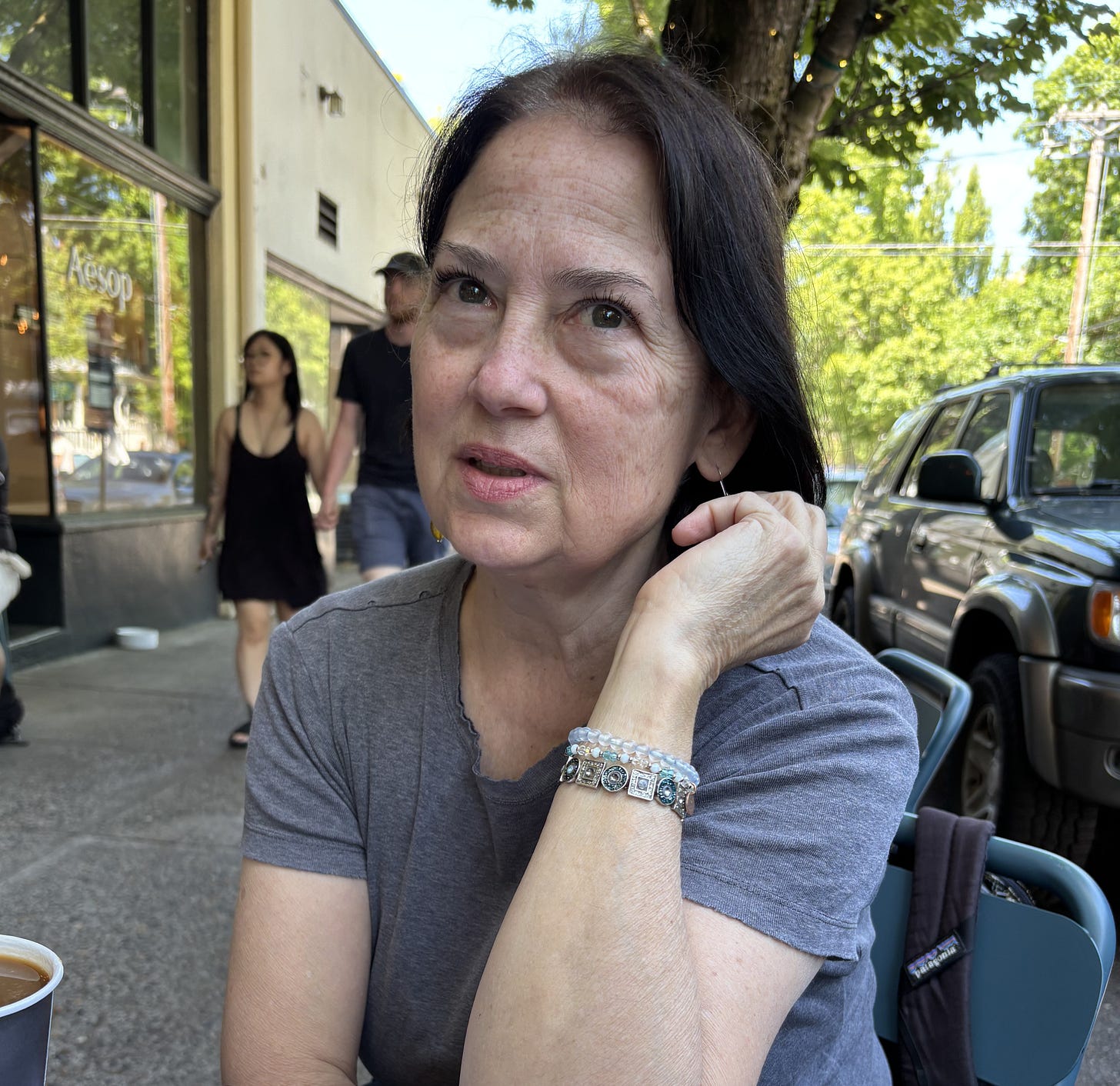How is Portland's new government working?
Two Northwest residents who advised the oversight committee have mixed opinions
Longtime Northwest District activist Juliet Hyams co-chaired the Government Transition Advisory Committee that spent two years monitoring the rollout of Portland’s new government structure.
The charter reform package approved by voters in 2022 had two primary goals:
Greater inclusion of previously underrepresented sectors in city leadership and
Improving the accountability and efficiency of city government.
Hyams gives charter reform high marks on the first point, but something less on the matter of transforming the way the city does business.
“Six months in, the silos are alive and well,” she said, referring to bureaus acting in isolation and duplication, wasting money and missing the potential of collaboration.
Instead of saving money, charter reform has introduced new expenses that “I don’t think they can afford.”
That includes the hiring of a new layer of assistant city administrators, the expensive remodeling of City Hall and the projected opening of district council offices.
“The process drew resources away from acute social and financial problems in the city,” she said.
Citizen engagement has been further degraded by City Hall, a process that began in 2017 under former City Commissioner Chloe Eudaly and has gained momentum even after the new government was installed, she said.
The Office of Community and Civic Life, which by code is required to serve neighborhood associations, has instead functioned to minimize the role of neighborhoods in city governance, she said.
As the city established boundaries for new council districts, no input was received from GTAC or neighborhood associations.
“The Office of Civic Life said that neighborhoods supported the decision [on boundaries], which was patently false,” Hyams said. “I think they’re a problem.
“Now neighborhoods are under-resourced and no longer have training or staff support at meetings. It feels like neighborhoods are largely on their own.”
Hyams did firsthand research on how citizen engagement was working under the new government by observing the Northwest Parking Stakeholders Advisory Committee, one of 83 such citizen bodies administered by the city.
“The Northwest SAC is the poster child for a dysfunctional advisory committee,” she said. “I’ve never seen anything like it.”
The city shut down the committee for six months for what Portland Bureau of Transportation staff deemed disruptive behavior, and though meetings have resumed, they are now chaired by a PBOT consultant rather than the committee’s elected chair.
With all those criticisms, why is Hyams optimistic about the city’s new structure?
“Council is much more diverse now,” she said. “In fact, it’s half women, [which] helps offset the glaring lack of gender justice initiatives.”
“Eastside districts are—for the first time in recent memory—seeing councilors in their neighborhoods.
“Ranked-choice voting went smoothly and delivered as promised,” she said.
As for three council members from each of the four districts, “I think it’s working well.”
Even if the silos remain rooted in city government, she believes the means to overcome the pattern is in hand.
Another viewpoint
Joe Hertzberg, who lived in Willamette Heights many years, served with Hyams on the GTAC, then resigned in frustration before the new council was seated.
“I am especially disappointed in the community engagement element of our charge,” Hertzberg wrote in his resignation statement last November.
“We worked our hearts out making presentations and trying to forge relationships,” he said. “Community engagement was a box to check rather than a partnership to celebrate.”
Hertzberg was never able to impress upon the committee or its staff the historic significance of Portland’s citizen participation system, formalized in 1974 with the establishment of the Office of Neighborhood Associations. Portland’s land-use policy and periodic updates of its Comprehensive Plan have been built on an engagement system and practices centered on the fulsome citizen participation he saw as transformational.
Those values were adopted by City Council in 2010 as Public Involvement Principles, a document no one else at the table seemed aware of.
“The whole neighborhood movement was seen as part of the problem,” Hertzberg said.
“We had the best seats in the house, but we weren’t actually able to influence what would happen,” he reflected of his role on GTAC. “For a long time, I thought we could.”




The poll question is very poorly written and, as such, does not accurately capture public opinion.
Re: "Council is much more diverse now,” she said. “In fact, it’s half women, [which] helps offset the glaring lack of gender justice initiatives.”
And what do you suppose is "gender justice?" As opposed to justice-justice...which might require her to understand the 14th amendment.